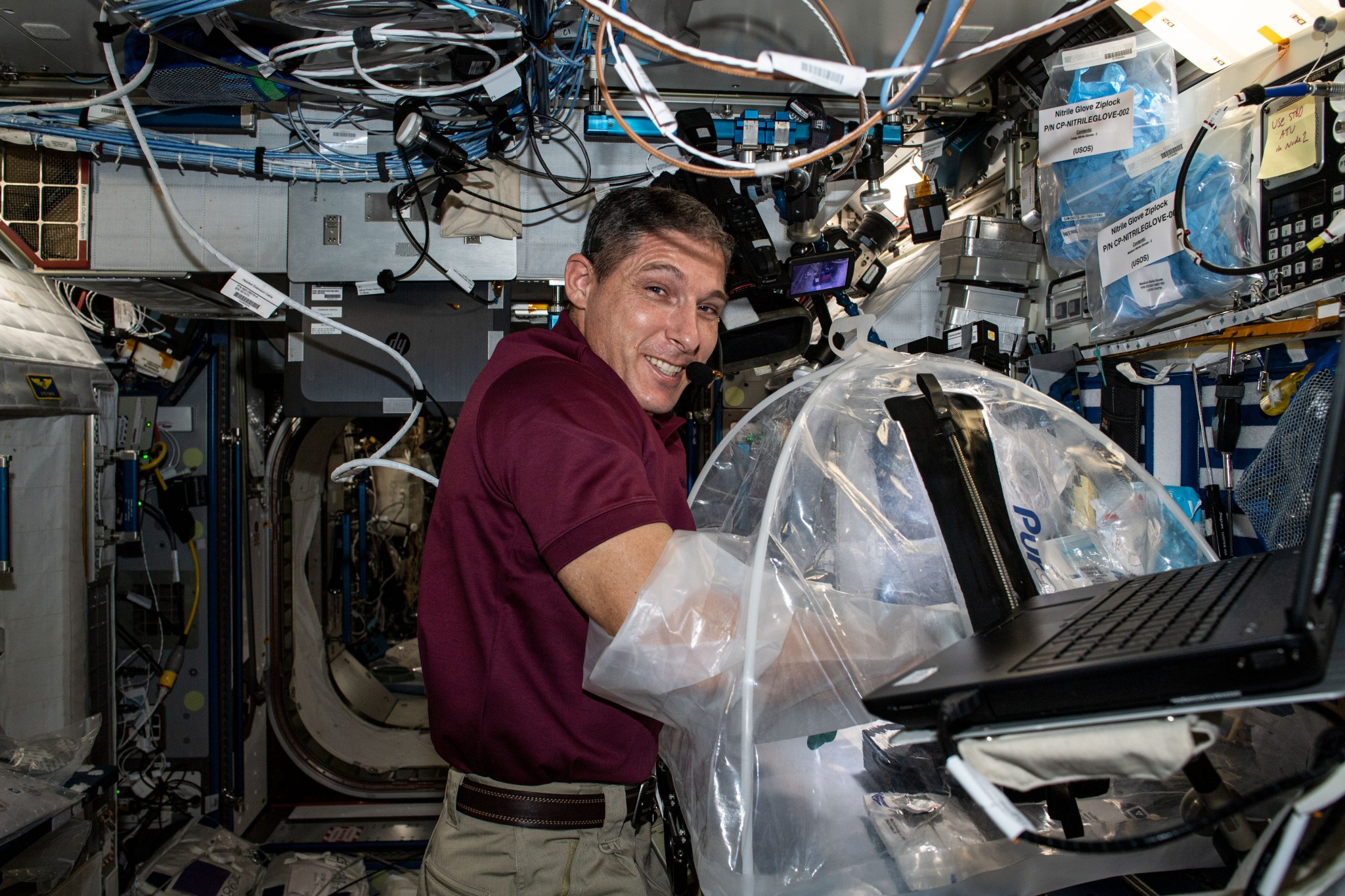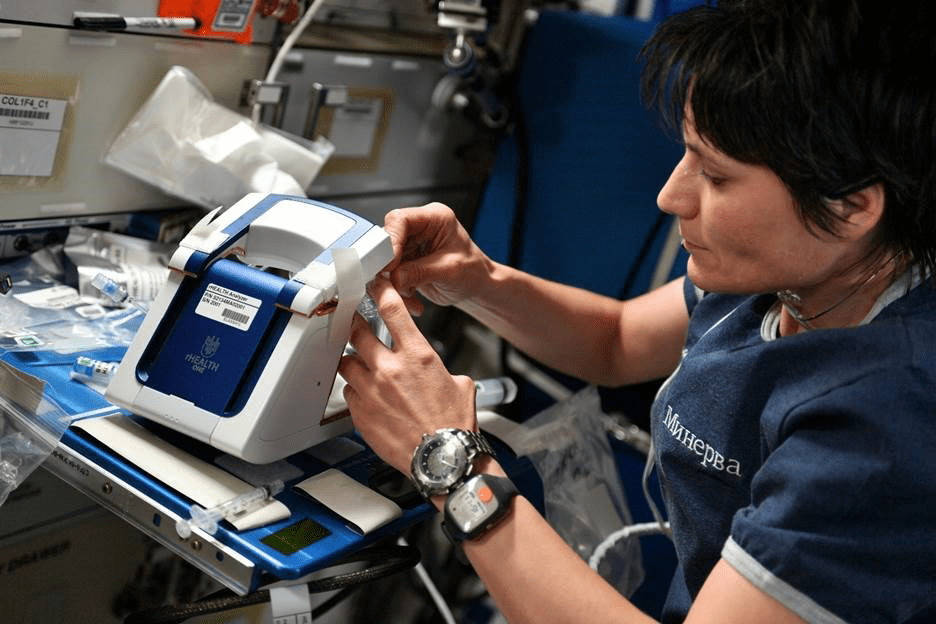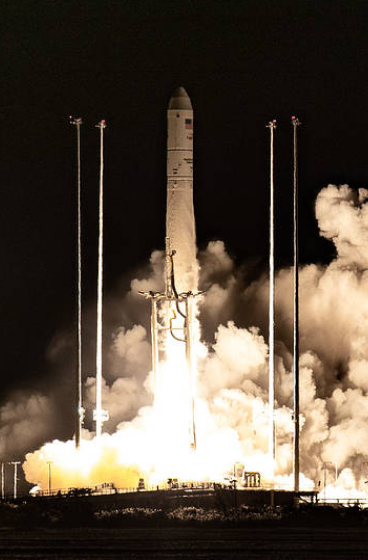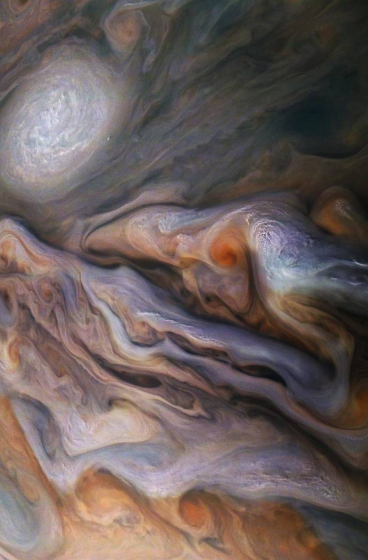In-situ Lab Analysis
NASA’s exploration medical experts have has identified point-of-care medical diagnostic technology as a critical need for future human space exploration to enable diagnosis, monitoring, and treatment of spaceflight medical conditions.
The Challenge
An in-situ lab analysis capability will enable astronauts on deep space missions to store, process, and analyze samples in real-time in flight for both clinical and research purposes.
Current ISS medical operations generally relies on the ability to return biological samples back to Earth for analysis using standard terrestrial lab analysis equipment.
The Progress
Currently, space diagnostic technology for blood analysis has been developed that requires small sample volume, performs multiple clinical panels and fits in your hand. However, challenges with limited shelf life, refrigerated storage, and data integration still exist. Experts at NASA are working together to evaluate emerging commercially available technologies as well as exploring collaborations with external researchers, institutions, and commercial partners to develop solutions. Previous technology demonstrations completed on the ISS include the HemoCue and rHealth ONE. Additional information on how the rHEALTH flow cytometry technology was modified to work in a spaceflight environment can be found here.
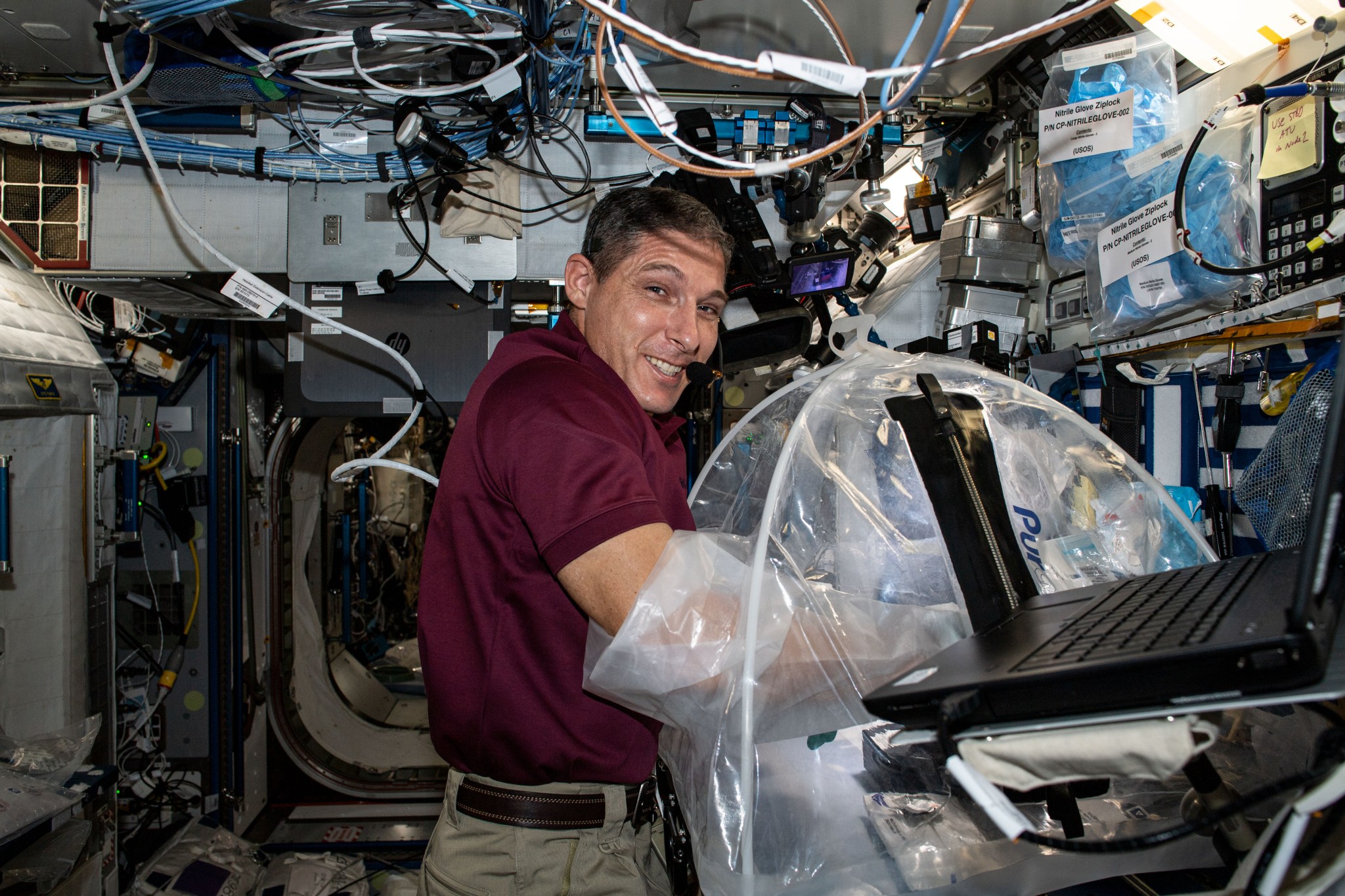
Latest News

Protecting Astronaut Health with the Prick of a Finger

NASA Manages Astronaut Health with Effective Diagnostics Research

Analytical Capabilities In-situ vs. Returned
Learn about those of the NASA corps who make “space sailing” their career profession.



























